Flying abroad at one point or another is a must-do. An important milestone for any aviator, and until you’ve done it you will only be tormented by those that have!
Flying to France by Robinson R44
The truth is most pilots stop at Calais or Le Touquet which is just about far enough from England for your phone network to realise the change. Yet once you have come that far, it seems a shame to turn around and go back so soon. To continue is very simple and not to be feared.
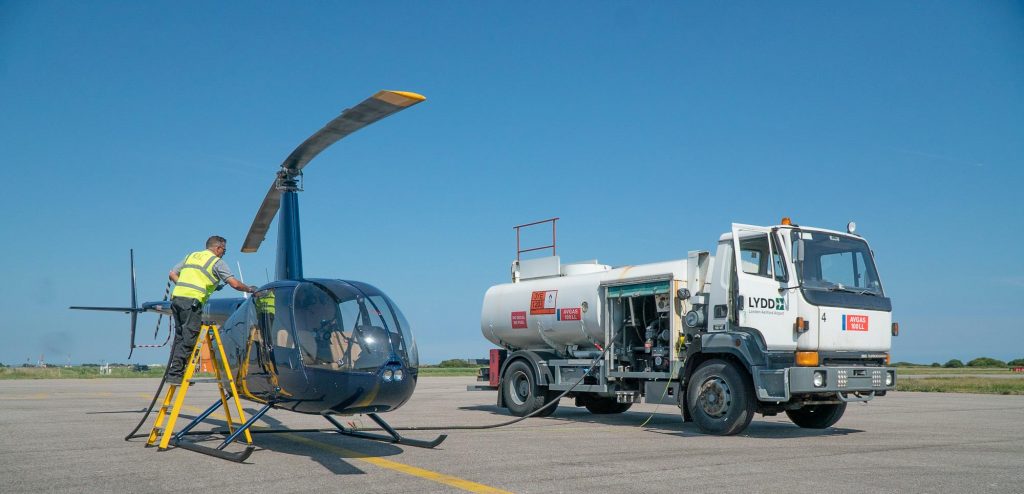
Summertime brought us the opportunity to fly further into France in the Robinson R44 to Côte-d’Or, a department in France famous for Chardonnay and Dijon Mustard. That’s hundreds of miles further south in France than the Normandy coast and gives a fascinating insight into flying through France by helicopter. So here it is… our guide to stepping out of your comfort zone into France, plus a few things you might find useful if you dare to continue beyond Le Touquet.
Flying in France – Equipment and Planning
SkyDemon on the iPad is excellent for flying in unfamiliar airspace. The depiction is easy to understand and without too much unnecessary detail you would find on the unfamiliar French Chart. As always though you must have the chart handy in the cockpit. We used ours for reassurance at times regarding airspace.
Life jackets are a very sensible precaution, even though it was mid summertime and you can see the opposite shoreline as you cross the coast, the water is very cold at any time of year and you would be foolish not to use life jackets. That means actually putting them on, not simply dropping them behind the seats.
The planned route was from our base at Walton Wood Airfield in Yorkshire about 500 nautical miles to our final destination at Semur-en-Auxois. Along the way, we’d be stopping at Lydd in Kent and Albert-Picardie for fuel and customs. The choice of airfield in France was based on where we would realistically want to stop for fuel based on our route but as it is the first stop in France you have to make it a customs airport so the authorities can check you out if they so choose. We adjusted our route slightly to avoid any airspace around the very busy Paris and to give a number of restricted zones a wide berth.
One area we could not avoid was a corridor of restricted airspace stretching North to South just before our final destination. This was active for fast jets 800 feet above the surface. Rather than climb to 4000 feet to go above it, we elected to fly underneath.
For official info on the airspace you need to visit the French AIP https://www.sia.aviation-civile.gouv.fr/documents/htmlshow?f=dvd/eAIP_15_AUG_2019/FRANCE/home.html
To make it easier to navigate around the French AIP website you can use the UK NATS one as a guide. It’s an ICAO rule that all countries AIP follow the same kind of format and numbering system. As an example if you want to find out about some restricted airspace in the UK you would go to the ‘ENR 5 – Navigation Warnings’ (enroute) section of the AIP. On the French version of the AIP site this is called ‘ENR 5 – AVERTISSEMENTS A LA NAVIGATION’ which we used to research what the important restricted zones were and whether they would be active on the day we would be in France.
So once we had planned the flight, booked in for our first landing on French soil to be at a customs airport (with 24 hours notice) and carefully considered the weather, we were good to go from Yorkshire.
The route south through the UK grows ever busier the closer you get to the capital. We cross the River Thames at Dartford and enjoyed the thought that we weren’t liable for any tolls, and more importantly avoiding the traffic around London.
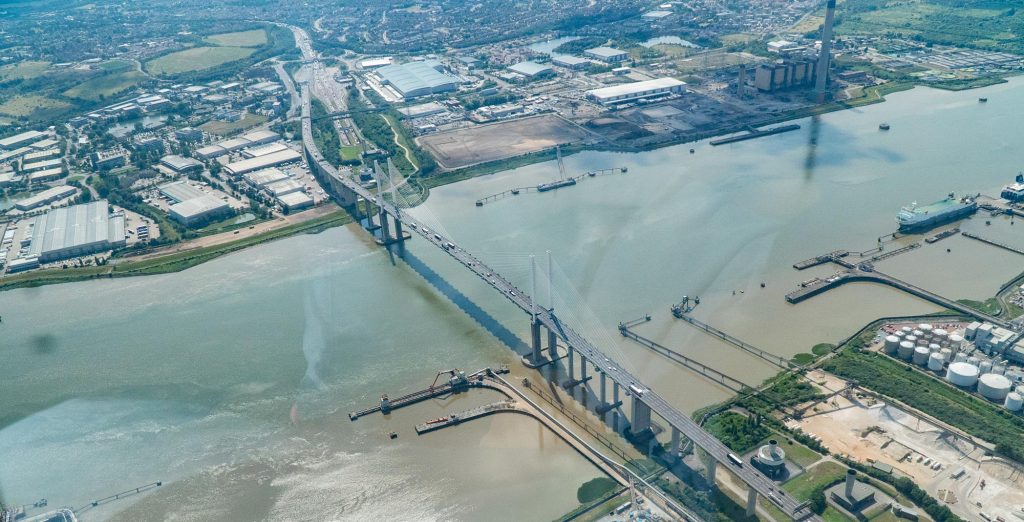
From Lydd we topped up with fuel after a 2 hour stretch from Walton Wood (it’s nice to see full tanks before you cross the Channel) and we filed our flight plan for the hour-long trip to Albert-Picardie. The flight plan is different than any customs information. It is a separate legal requirement and can be done just 30 minutes in advance so we filed from Lydd as we had a quick break.
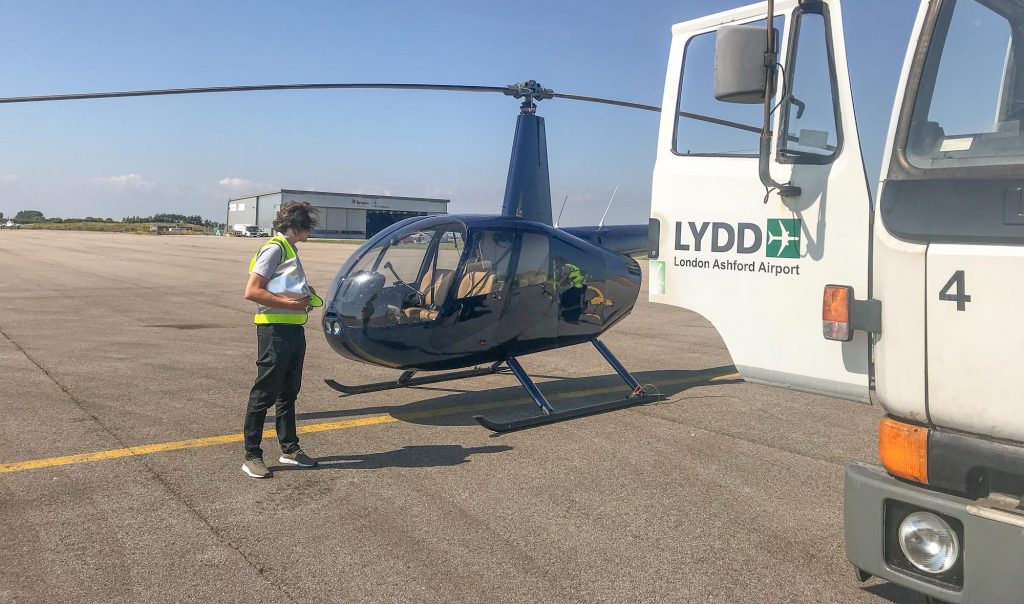
We used the modern method of RunwayHD to file our flight plan (others are available). If you are crossing a Flight Information Region Boundary you need to file a flight plan. Once flying domestically in France there is no need to officially file a flight plan, just the abbreviated version you give to ATC on the radio is fine.
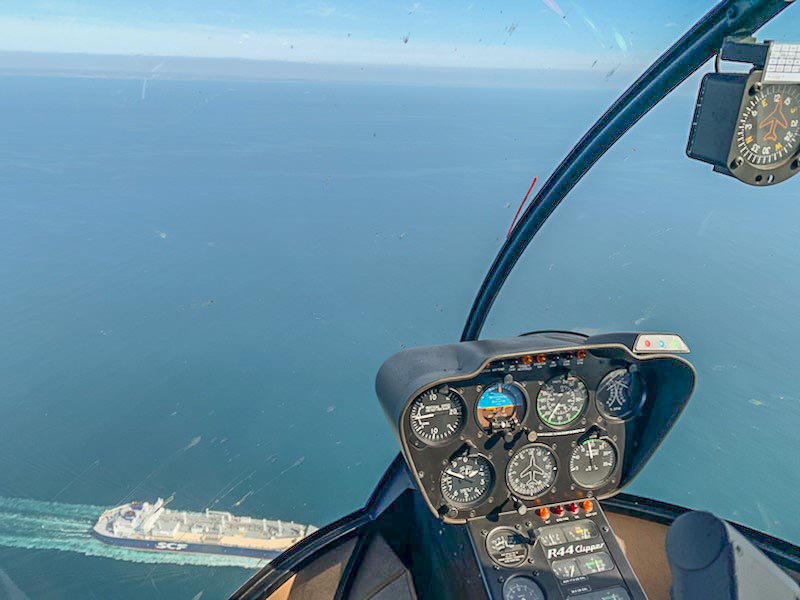
We chose Albert mainly because of fuel planning but it did serve as a very handy customs airfield for our first landing on French soil, if we had chosen Le Touqet we would have had to work in another fuel stop anyway before Semur-en-Auxois so it made sense to fly further south and enjoy the extra range the following day. For a good little website which identifies suitable customs airports in France have a look here: https://www.onlinegar.com/frenchcustoms.olg
Flying in France – Radio work and Frequency Selection.
Radio work in France is honestly very simple. Its worth mentioning here that there is a lot of Class E airspace in France. If you refer to an airspace classification table you will see that VFR does not need clearance nor 2-way communication within the airspace but to not speak to anyone wouldn’t make sense given how easy it is. In addition as it is unfamiliar airspace it is nice to have someone at the click of a button should you need some help.
Hands up those in the UK that request a ‘Basic Service’ almost every time? That’s a UK thing. When you speak to the French Air Traffic Controllers they are providing you with a flight information service with information pertinent to your flight details. All you need to do is give them those details.
In our case when we first crossed the Channel we spoke to Lille Information 120.275 and we were ‘G-CLIO, an R44 Helicopter with 2 on board from EGMD to LFAQ, 1500 feet QNH 1020’ to which the response you get is minimal. Possibly a squawk code and amended QNH.
It is probably easier abroad to give the ICAO code for the airfield as attempting to accurately pronounce the names of the French Aerodromes, especially with a Yorkshire accent, can lead to confusion. Not to mention embarrassment.
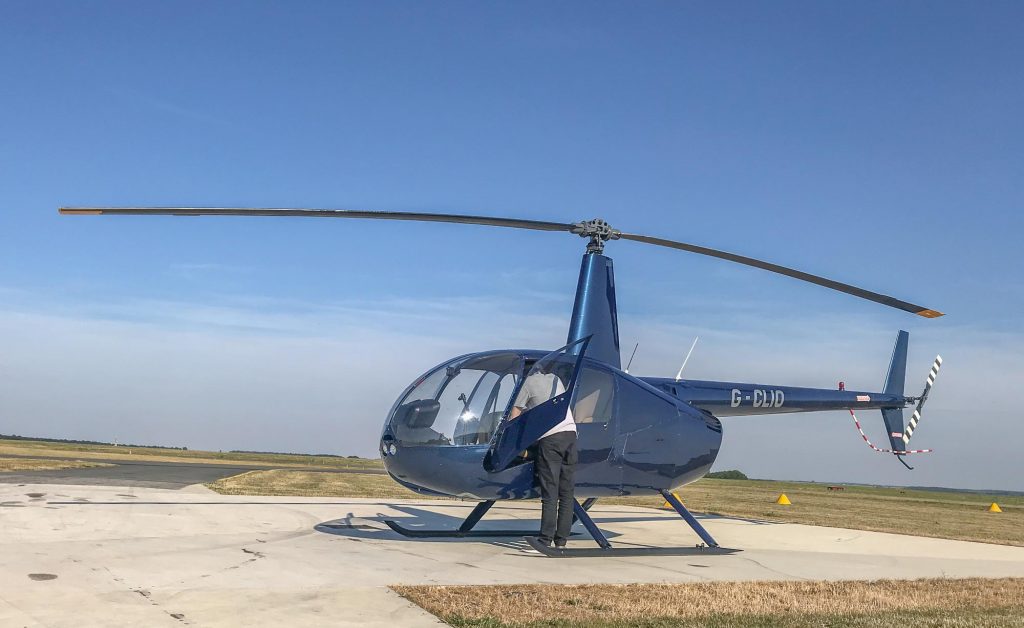
As we approached Albert which is in Controlled Class D airspace we requested a frequency change. The airfield was very quiet and so we were told to route towards the airfield and report right base. The staff at the airfield were extremely helpful, we gave them over 24 hours’ notice and they kindly offered to arrange us a taxi to our Airbnb in the town centre.
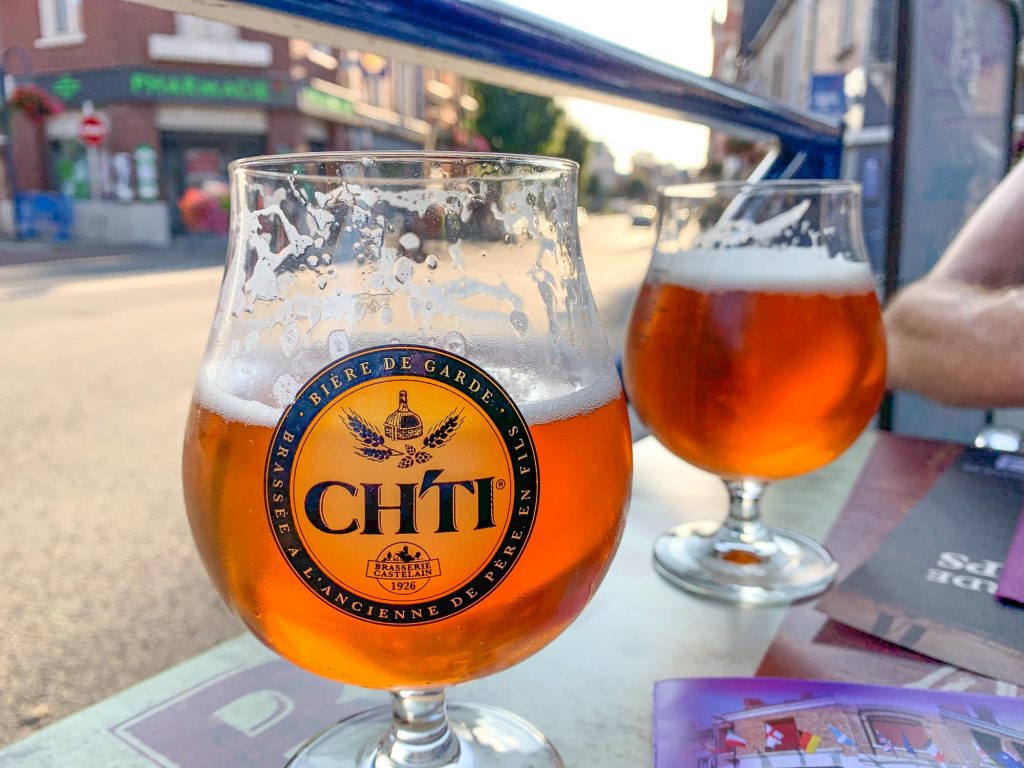
It would be rude not to make a good trip of it and sample the beer. Albert is a typical clean French town, with the war memorials that seem to be everywhere in this part of the world. It wasn’t hard to find some ice cold beer and good food a short walk from our accommodation. Had we not been on a schedule, there are plenty of reasons to spend a few days in the Picardy area of France
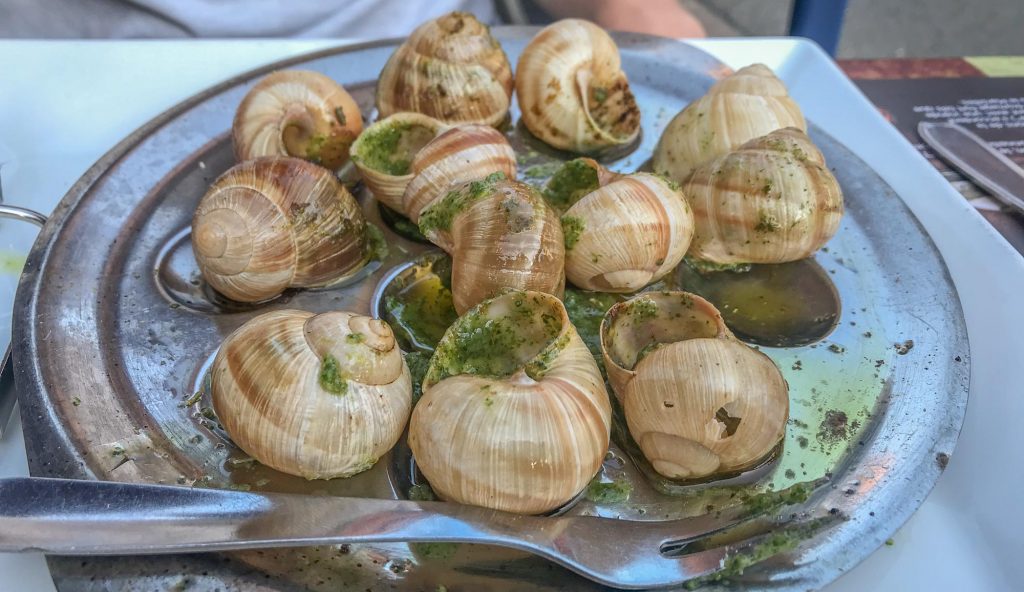
Once in France its plain sailing, the next day involved a departure from the airfield and a 2 hour trip across the French Countryside to Semur-en-Auxois during which time we only changed frequency twice to Paris Information and Seine Information once instructed.
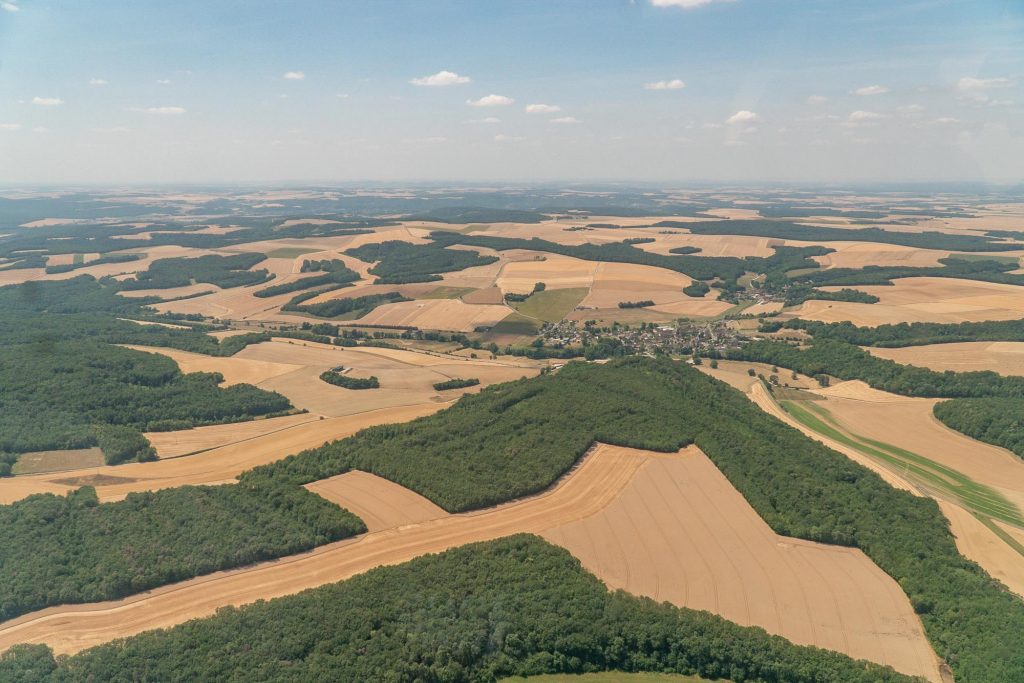
The further south we flew, the quieter the radio became. The open countryside of western France is full of huge forests and agriculture and it wasn’t unusual for Paris Information to occasionally check we were still within earshot.
The military fast jet corridor mentioned earlier was very close to our final destination so we elected to stay low (ish) and fly beneath it. We left a good margin over the open French countryside, as the thought of tripping up a high speed Mirage jet didn’t appeal.
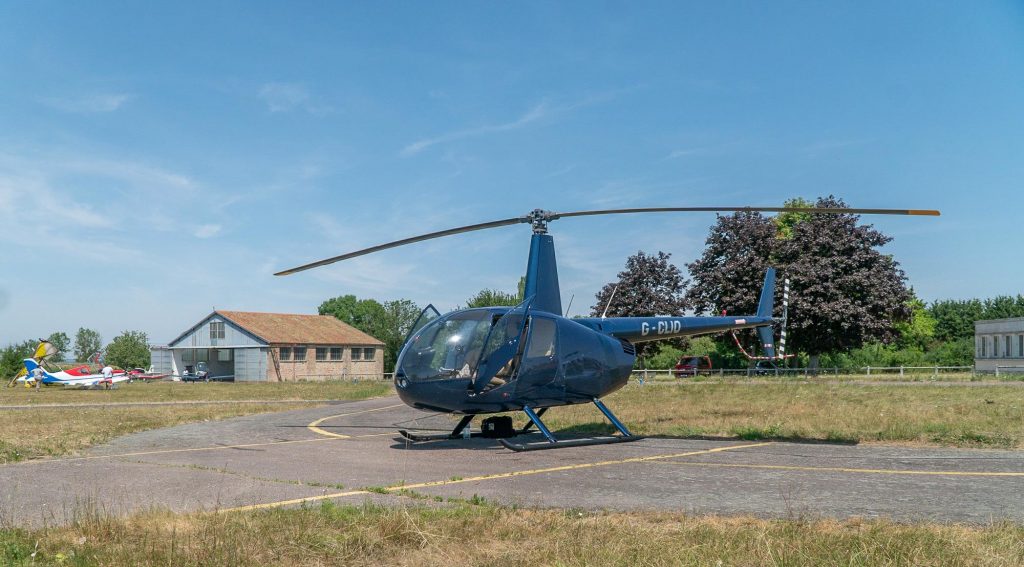
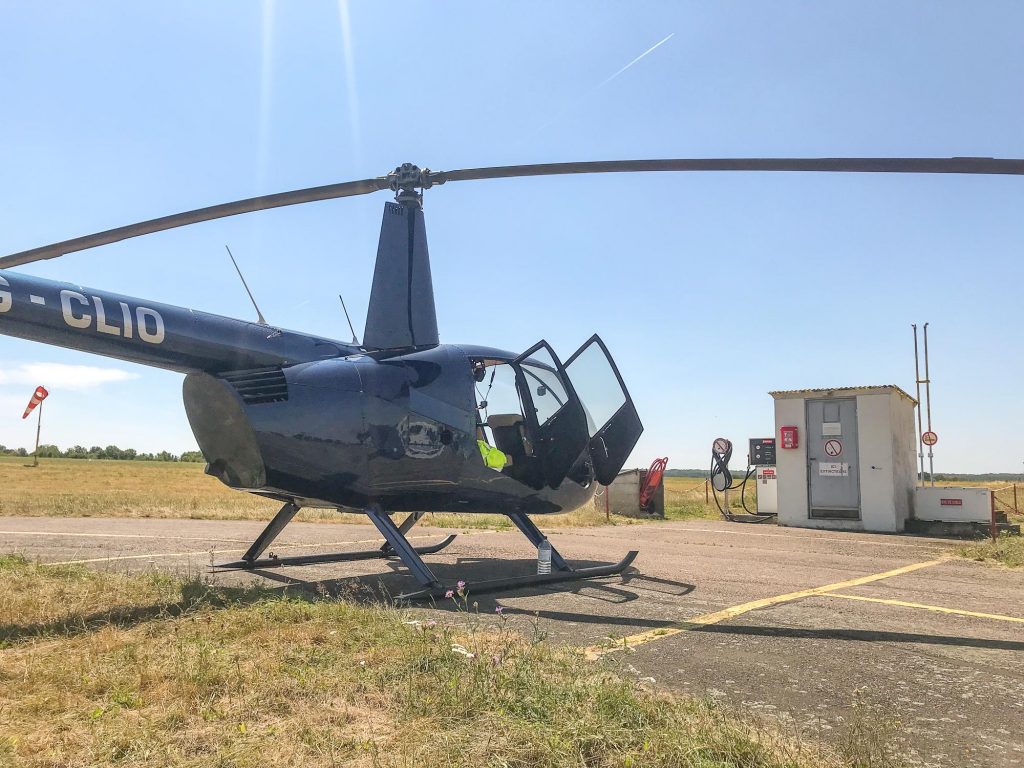
Our landing airfield Semur-en-Auxois was a very small strip and we made a few blind calls for the landing. Shutting down in the heat of a French summertime, we were reminded just how far south we had flown in such a short time.
Some local ultralight pilots were enjoying the weather, Rotax engines the only thing interrupting the otherwise silent countryside.
If time had allowed, we would have been perfecrtly happy to refuel and then enjoy exploring the area, or sneaking even further south.
The Return Leg
The return home was almost identical, the same trip in reverse, once again using Albert-Picardie as our departure airfield out of France. This time, we were on a tighter schedule, so no overnight stop and we pressed ahead to Lydd to clear customs and fly north back to Yorkshire.
Given the same opportunity and knowing how easy it can be to fly through France we would have picked a different French stop on the return leg, simply for variety and experience. Indeed, had we had more notice, we would probably have registered for off airfield landings – a prerequisite in France – and use the every growing Helipaddy app to find us a nice Chambre d’Hote or Chateau.
Should you wish to fly more extensively by helicopter in France, Helipaddy has this very useful resource page that gives more details on some of the phrases and things to be aware of that are helicopter specific to French flying.
We can’t wait for future trips and hope to be visiting again during the Summer of 2021. So why don’t you join us on a Yorkshire Helicopters fly-out?
Leave a Reply